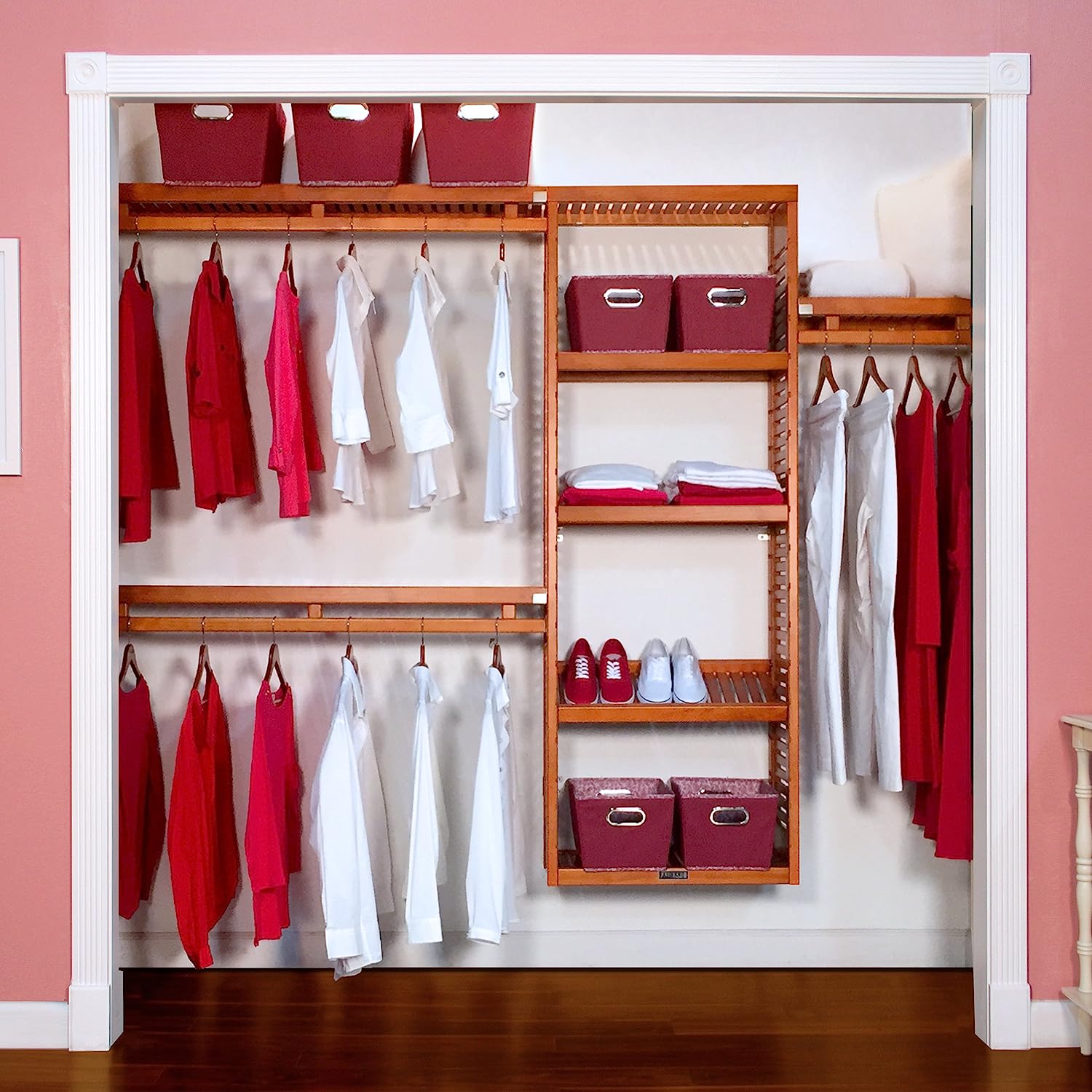

Articles
How To Organize A Deep Closet
Modified: August 31, 2024
Learn how to efficiently organize a deep closet with our bedroom furniture. Maximize space and optimize storage for a clutter-free and functional living area.
(Many of the links in this article redirect to a specific reviewed product. Your purchase of these products through affiliate links helps to generate commission for Storables.com, at no extra cost. Learn more)
Introduction
Having a deep closet can be both a blessing and a curse. On one hand, you have ample storage space, allowing you to keep a variety of items neatly tucked away. On the other hand, it can quickly become a chaotic mess if not properly organized. If you find yourself constantly rummaging through piles of clothes and struggling to find things in your deep closet, don’t worry – help is at hand.
In this article, we will guide you through the process of organizing a deep closet effectively. From assessing the space to implementing storage solutions and maintaining organization, we’ll cover all the steps you need to turn your cluttered closet into a well-ordered haven.
So, roll up your sleeves, grab some boxes, and get ready to transform your deep closet into a functional and aesthetically pleasing storage space!
Key Takeaways:
- Maximize deep closet space by assessing dimensions, utilizing storage solutions, and grouping similar items. Regular maintenance and labeling ensure long-term organization and functionality.
- Create an organized deep closet by removing clutter, categorizing items, and maintaining cleanliness. Implement daily habits and the “one in, one out” rule for sustained order.
Read more: How Deep Should A Closet Be?
Assessing the Closet Space
Before diving into the organization process, take some time to assess your deep closet and understand its dimensions and layout. This step is crucial to ensure that you utilize the space efficiently and maximize storage potential.
Start by emptying out the entire closet and clearing any clutter. This will help you get a clear picture of how much space you have to work with and identify any areas that need special attention, such as shelves or hooks that may need repairs.
Next, measure the dimensions of your closet, including the length, width, and height. Take note of any awkward angles or corners that could impact the placement of storage solutions. This information will come in handy when selecting organizing products later on.
Consider the type of items you plan to store in your deep closet. Is it primarily clothing, shoes, accessories, or a combination? Understanding the specific needs of your belongings will guide your organization approach. For example, if you have a large collection of shoes, you may want to allocate more space for shoe storage.
Lastly, evaluate the lighting situation in your closet. Adequate lighting is essential to easily locate items and maintaining an organized space. If your closet lacks natural light or proper overhead lighting, consider installing LED lights or battery-operated motion sensor lights to illuminate the area.
By thoroughly assessing your deep closet, you’ll be able to plan your organization strategy more effectively and make informed decisions regarding storage solutions and layout.
Removing and Sorting Items
The next step in organizing your deep closet is to remove everything from it and sort through your items. This process allows you to declutter, identify items you no longer need, and create a blank canvas for your organized space.
Start by taking everything out of the closet and categorizing your items into different groups. For example, separate clothing, shoes, accessories, and any other items you may have stored in the closet. As you sort through your belongings, be honest with yourself and ask if you truly need or use each item. If not, consider donating, selling, or discarding them.
Once you have sorted your items, organize them further by subcategories. For clothing, separate tops, bottoms, dresses, and so on. Within each subcategory, arrange items by color or season for easy access and visual appeal.
As you are sorting through your items, keep in mind the available space in your deep closet. Be realistic about how many items you can comfortably fit and avoid overcrowding. This will help maintain the organization in the long run and prevent your closet from becoming cluttered again.
During this process, take the opportunity to assess the condition of your items. Remove any damaged or stained clothing that may be beyond repair. Repair or clean items that need minor fixes. This will ensure that your closet is filled only with items that are in good condition and ready to be used.
Remember, the goal of removing and sorting items is to create a well-curated selection of belongings that are organized and easily accessible. By decluttering and getting rid of unnecessary items, you will not only free up space but also make it easier to maintain the organization of your deep closet.
Utilizing Storage Solutions
Now that you have cleared out and sorted your items, it’s time to explore storage solutions that will help you maximize the space in your deep closet.
Start by assessing the available storage options within your closet. This may include shelves, hanging rods, drawers, and hooks. Determine how you can make the most of these existing features and optimize their functionality.
For clothing items, consider using slim velvet hangers instead of bulky plastic ones. These hangers take up minimal space and help prevent clothes from slipping off. You can also use hanging organizers, such as shoe bags or sweater dividers, to store accessories or folded clothing items.
If your closet has shelves, utilize storage bins or baskets to group similar items together and prevent them from getting mixed up. Clear, stackable bins are particularly useful for storing smaller accessories like belts, scarves, or jewelry.
If there is enough vertical space, consider adding an additional hanging rod using a tension rod or installing a closet rod extender. This will effectively double your hanging space and allow you to separate clothing by type or season.
For shoes, utilize shoe racks or clear shoe boxes to keep pairs neatly organized and visible. If space permits, consider installing a shoe cubby system or utilizing the back of the closet door with an over-the-door shoe organizer.
Don’t forget about utilizing the floor space of your deep closet. This area can be used for storing larger items or items that are used less frequently. Utilize under-bed storage containers, rolling carts, or stackable storage bins to make the most of this space.
Remember to measure your deep closet accurately and select storage solutions that fit the dimensions and layout. This will ensure a seamless and efficient organization process.
By incorporating storage solutions tailored to your specific needs, you can make the most of the available space in your deep closet and keep your items neatly organized and easily accessible.
Use shelf dividers to separate different categories of items, such as sweaters, jeans, and accessories. This will make it easier to find what you need and keep the closet organized.
Grouping Similar Items
Grouping similar items together is a crucial step in maintaining a well-organized deep closet. When items are grouped, it becomes easier to locate them quickly and prevent clutter from creeping back in. Here are some tips on how to effectively group your items:
1. Clothing: Group clothing items by type and then further categorize them by color or season. For example, keep all your shirts together, then organize them by color from light to dark. This makes it easier to find specific pieces when getting dressed.
2. Shoes: Arrange shoes according to type or purpose. Keep everyday shoes, such as sneakers or flats, in one area, and dressier shoes, like heels or boots, in another. Additionally, consider organizing them by color or season to simplify the selection process.
3. Accessories: Dedicate specific areas or organizers for accessories like belts, scarves, and hats. Use hooks or hangers to keep them easily visible and accessible. You can also use small bins or organizers with compartments to separate and store smaller accessories like jewelry.
4. Bags and purses: Group bags and purses according to size or purpose. Use shelf dividers or hooks to keep them upright and easily visible.
5. Miscellaneous items: Have a designated area for miscellaneous items that don’t fit into specific categories. This can include items like umbrellas, gym bags, or seasonal items. Use bins or baskets to keep them organized and prevent them from creating clutter.
By grouping similar items together, you create a sense of order and make it easier to locate specific items. It also helps to maintain the organization of your deep closet in the long run.
Remember to regularly reassess and adjust the groupings as your needs change or your collection grows. This ensures that your deep closet remains organized and functional at all times.
Read more: How To Organize Deep Pantry
Labeling and Categorizing
Labeling and categorizing play a vital role in maintaining the organization of your deep closet. By clearly identifying the contents of each storage area, you can easily find what you need and ensure that items are returned to their appropriate places. Here are some tips on effective labeling and categorizing:
1. Use clear and legible labels: Invest in a label maker or use adhesive labels that can be easily read. Clear and legible labels help you quickly identify the contents of each storage area without having to open or search through boxes or bins.
2. Categorize by function or occasion: Group items based on their function or the occasion for which they are used. For example, categorize clothing separately for workwear, casual wear, or special occasions. This allows you to easily locate the items you need for specific events or situations.
3. Color-code if applicable: If you want to take your organization to the next level, consider color-coding your containers or labels. Assign a specific color to each category or type of item. For example, use red labels or bins for shoes and blue labels or bins for clothing. This can be especially helpful when organizing items for multiple family members.
4. Utilize transparent bins or containers: When storing items in bins or containers, opt for transparent ones if possible. Clear containers allow you to easily see the contents without having to open each one. This is especially useful for storage areas like shelves or under-bed storage.
5. Label the top or front of containers: Ensure that labels are placed on the top or front of containers for easy visibility. Avoid placing labels on the back or side where they can be hidden from view. This will save you time and effort when searching for specific items.
6. Review and refresh labels periodically: Regularly review your labeling system and update or refresh labels as needed. Over time, your storage needs may change, and items may be shifted or replaced. Keeping your labels current will ensure that your deep closet remains organized and efficient.
Remember, effective labeling and categorizing are the keys to maintaining an organized deep closet. By implementing these strategies, you’ll find it much easier to locate and return items to their proper places, reducing clutter and saving valuable time in the process.
Maintaining Organization
Maintaining the organization of your deep closet is just as important as the initial organizing process. It ensures that your closet remains functional and clutter-free in the long term. Here are some tips for keeping your deep closet organized:
1. Regularly declutter: Set aside time every few months to declutter your closet. Go through your items and remove anything you no longer use or need. This prevents unnecessary accumulation and keeps your storage space under control.
2. Return items to their designated places: Make a habit of returning items to their proper places after each use. Avoid leaving clothes, shoes, or accessories lying around. By doing so, you maintain order and prevent clutter from building up.
3. Follow the “one in, one out” rule: To prevent your closet from becoming overcrowded, implement the “one in, one out” rule. For every new item you bring into your closet, remove one item to donate, sell, or discard. This helps keep your closet’s storage capacity in check.
4. Regularly clean and dust: Dust and clean your deep closet regularly to ensure a fresh and inviting space. Wipe down shelves, vacuum or sweep the floor, and keep the area free from debris. A clean closet not only looks better but also helps preserve the condition of your belongings.
5. Review and adjust storage solutions: Periodically assess the effectiveness of your storage solutions. If you notice something isn’t working or could be improved, make adjustments as necessary. It’s important to adapt your storage systems to accommodate any changes in your belongings or lifestyle.
6. Maintain labeling and categorizing: Keep your labels up to date and ensure that items are consistently categorized and labeled. This helps you and others easily locate and return items to their designated spots, maintaining the overall organization of your closet.
7. Stay organized with daily habits: Develop daily habits to promote organization in your closet. Fold and hang clothes immediately after use, place shoes back in their designated spots, and keep accessories neatly stored. These small habits go a long way in maintaining an organized space.
By implementing these practices, you can maintain the organization of your deep closet effortlessly. Consistency and regular maintenance are key to preserving an orderly and clutter-free storage space.
Conclusion
Organizing a deep closet may seem like a daunting task, but with the right approach and strategies, you can transform it into a functional and well-organized storage space. By assessing the closet space, removing and sorting items, utilizing storage solutions, grouping similar items, labeling and categorizing, and maintaining organization, you can create an efficient and clutter-free closet.
Remember, the key is to be consistent and proactive in your organizing efforts. Regularly declutter, return items to their designated places, and review and adjust your storage solutions as needed. By incorporating these habits into your daily routine, you can ensure that your deep closet remains organized in the long term.
An organized deep closet not only makes it easier to find and access items but also creates a sense of calm and order in your living space. It saves you time searching for things, reduces stress, and allows you to make the most of the available storage space.
So, roll up your sleeves, assess your deep closet, and start implementing these organization tips. Before you know it, you’ll have a well-organized and functional closet that brings a sense of peace and harmony to your daily routine.
Remember, the ultimate goal is to have a deep closet that works for you and makes your life easier. Happy organizing!
Frequently Asked Questions about How To Organize A Deep Closet
Was this page helpful?
At Storables.com, we guarantee accurate and reliable information. Our content, validated by Expert Board Contributors, is crafted following stringent Editorial Policies. We're committed to providing you with well-researched, expert-backed insights for all your informational needs.
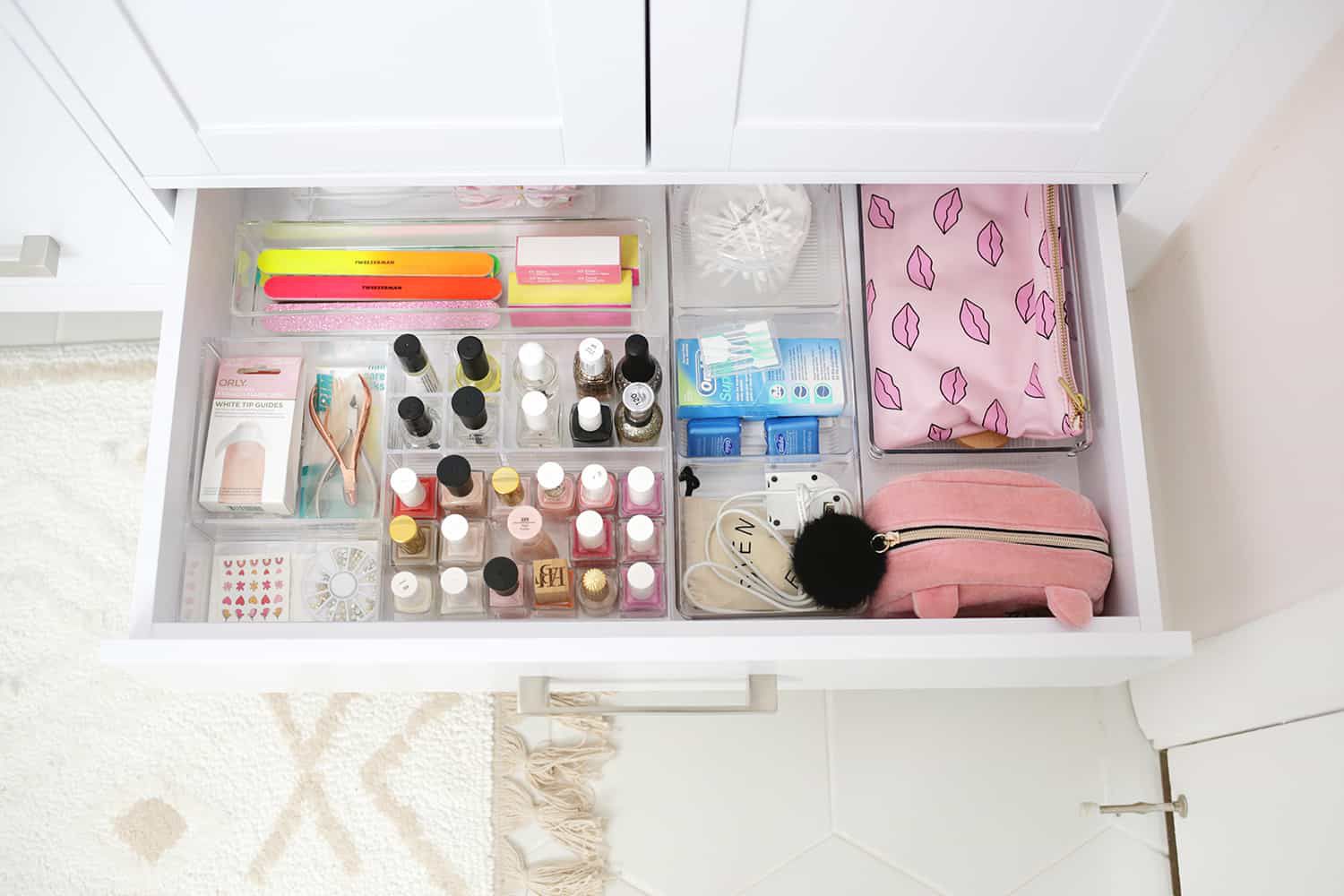
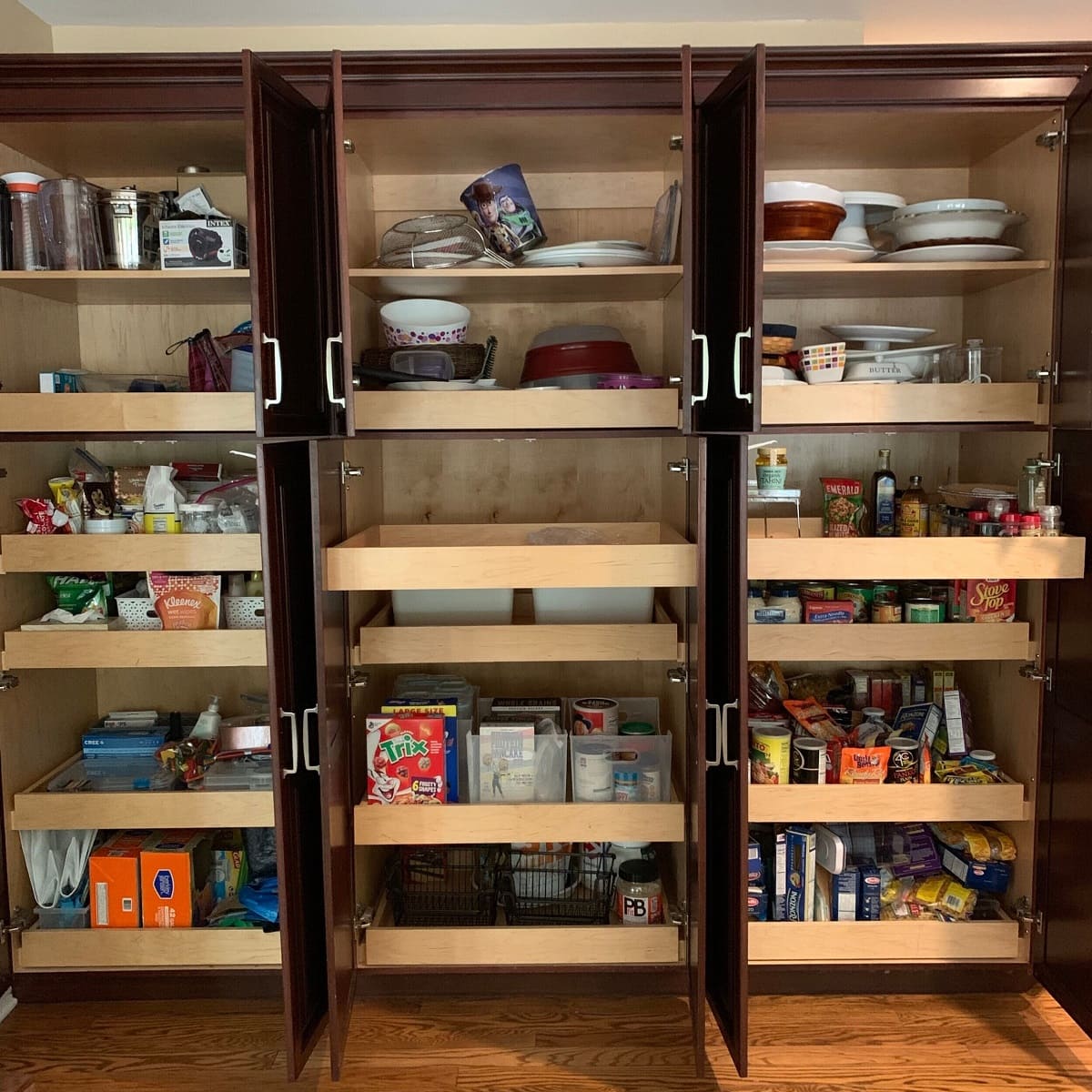
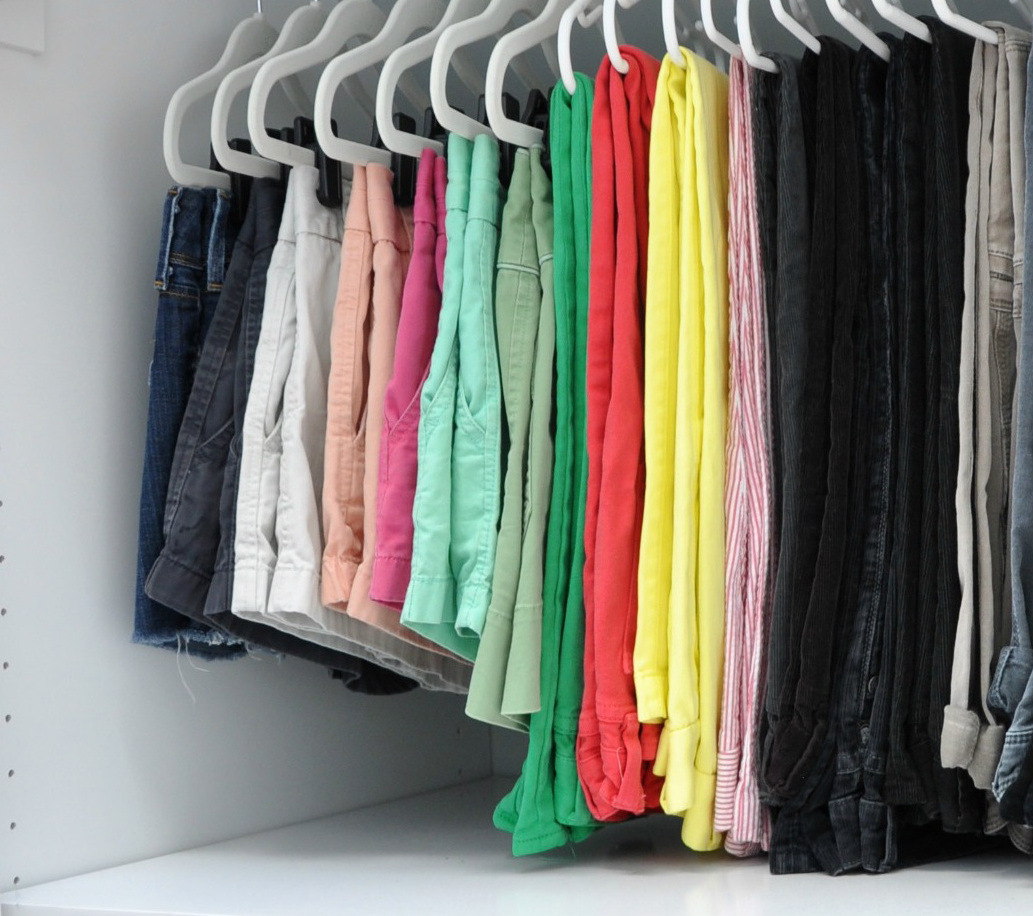
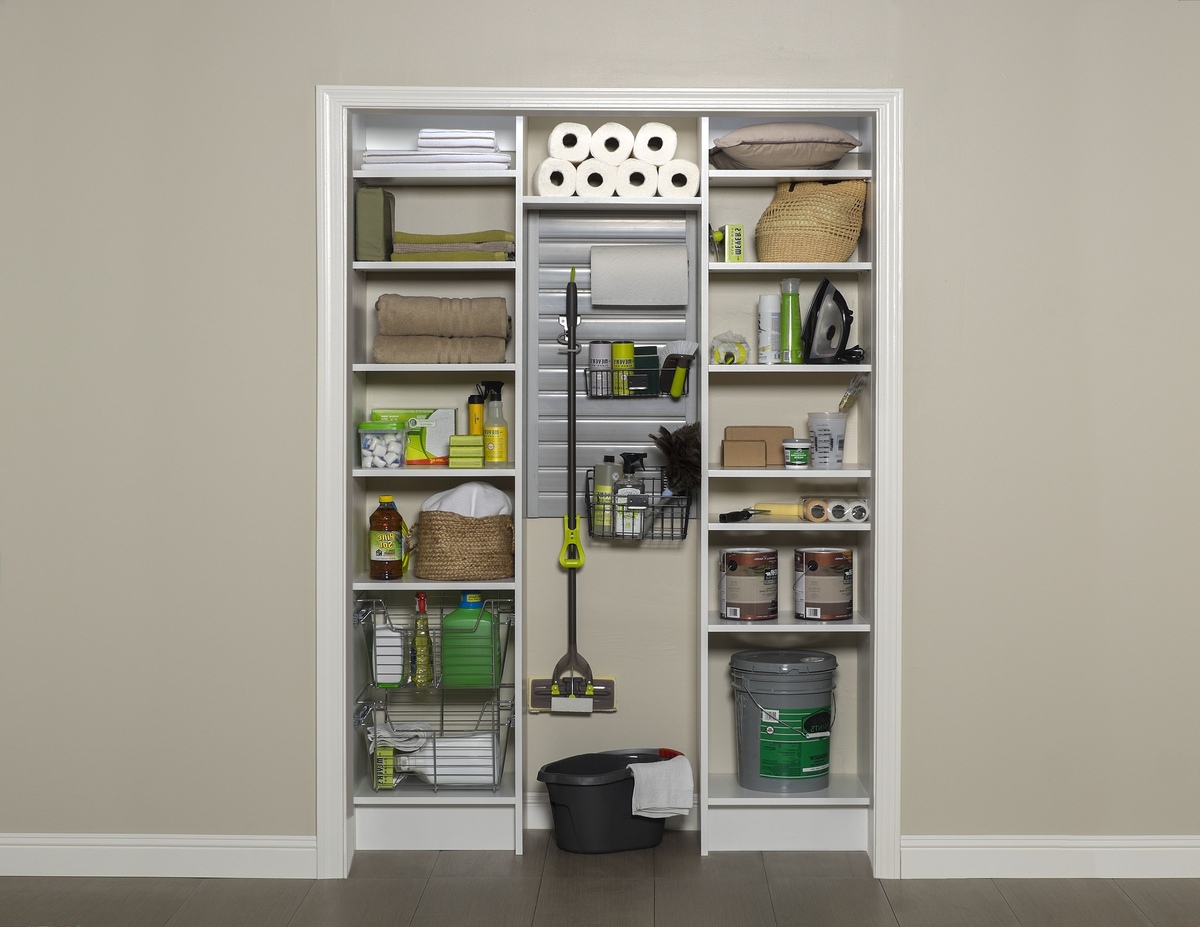

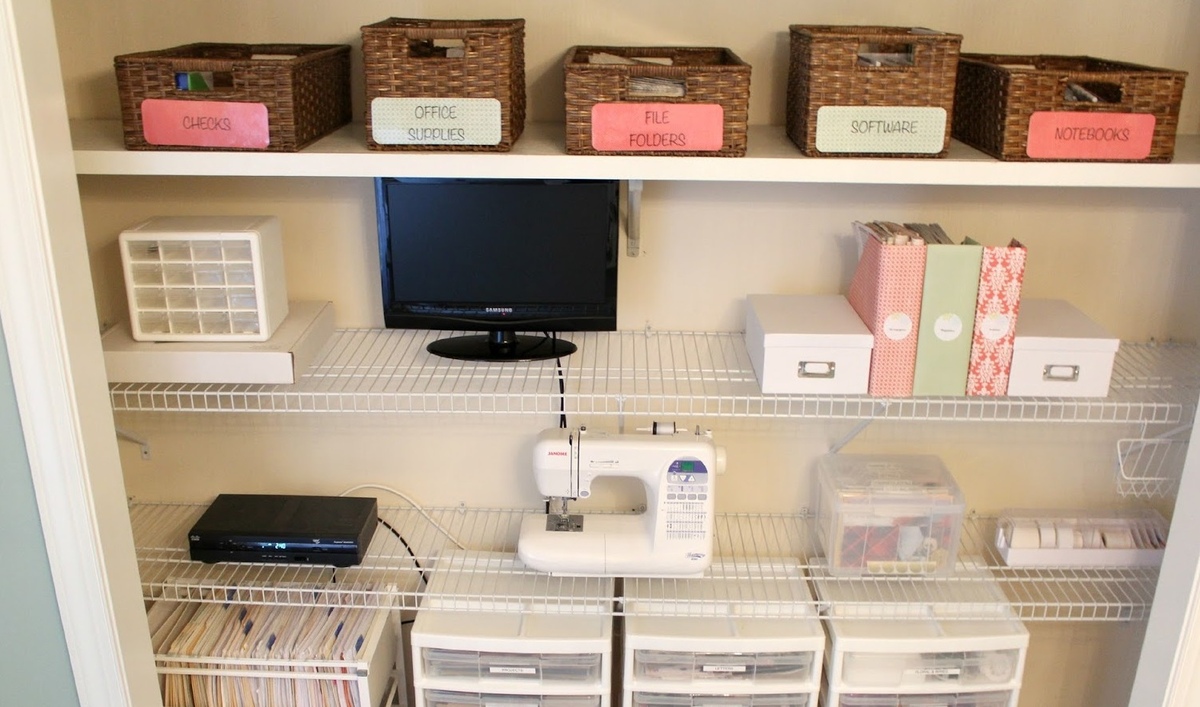
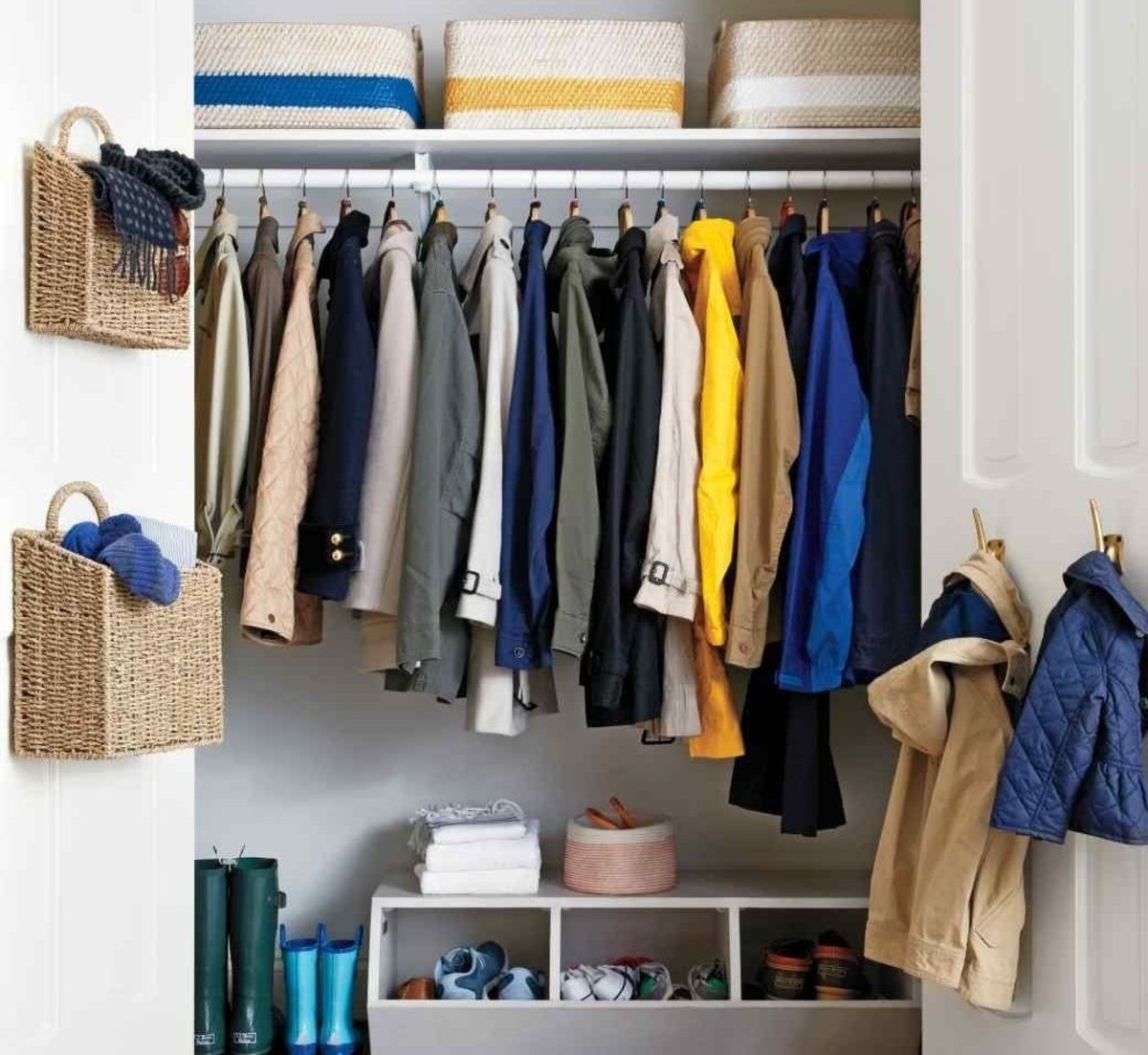
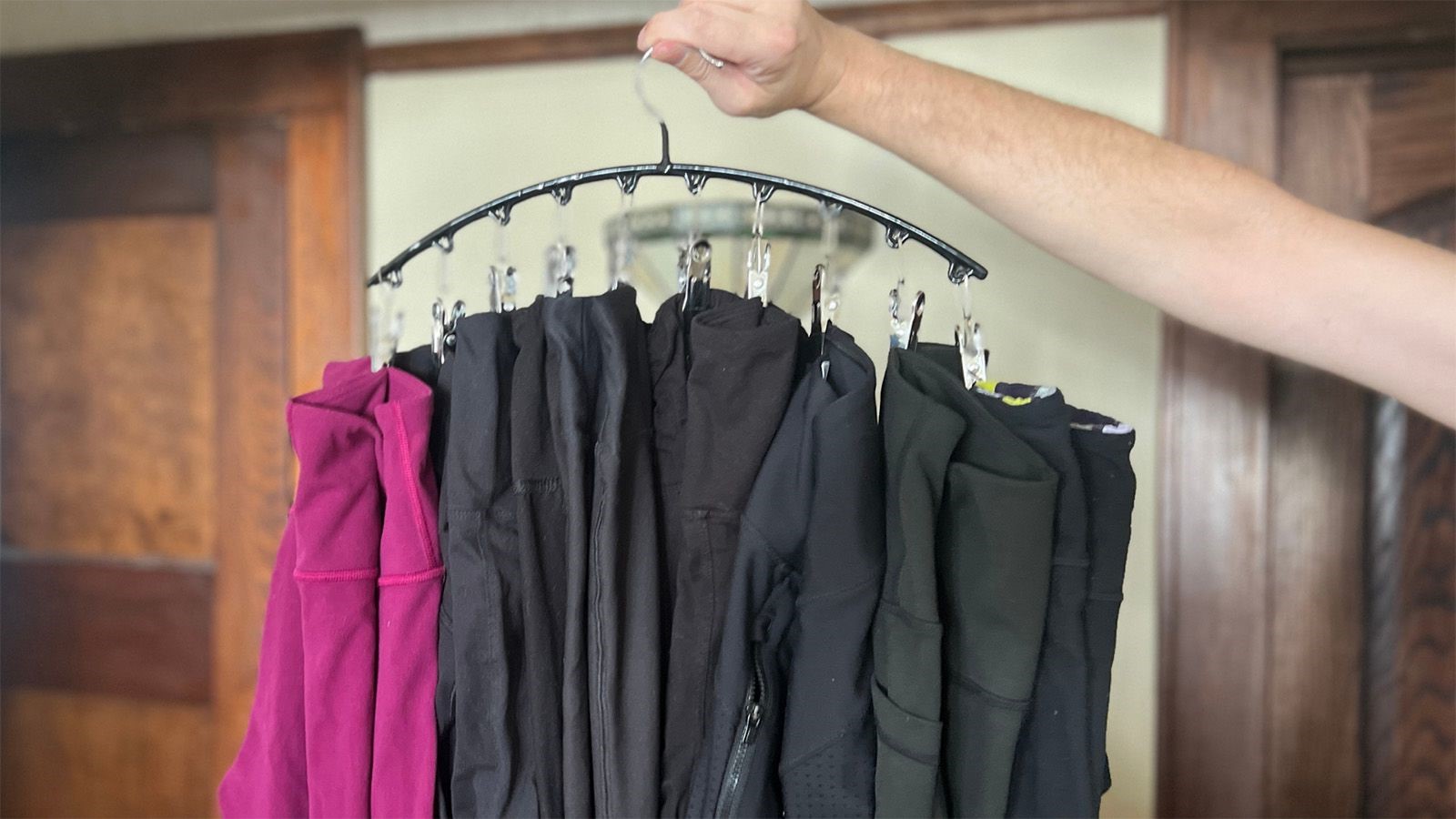
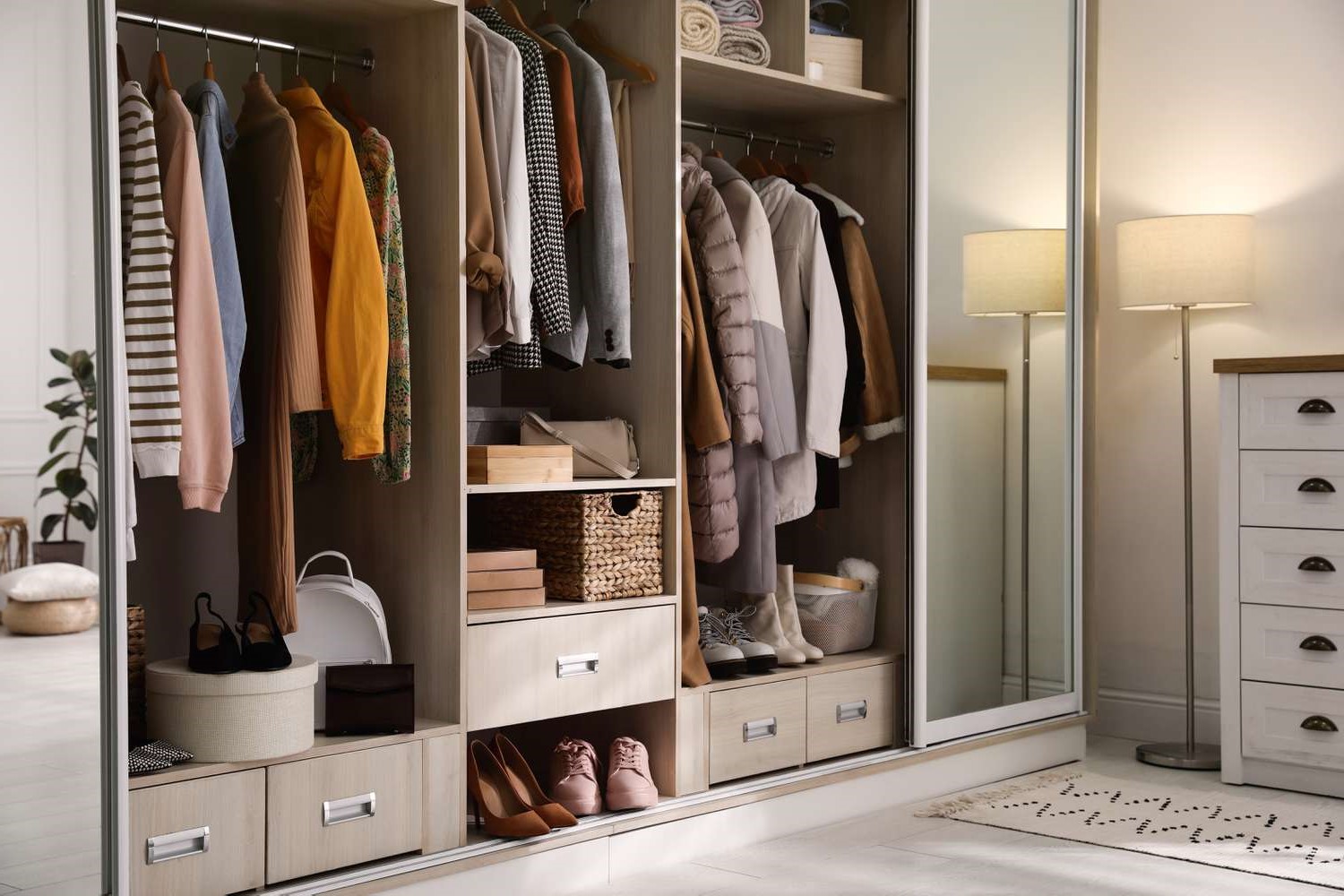
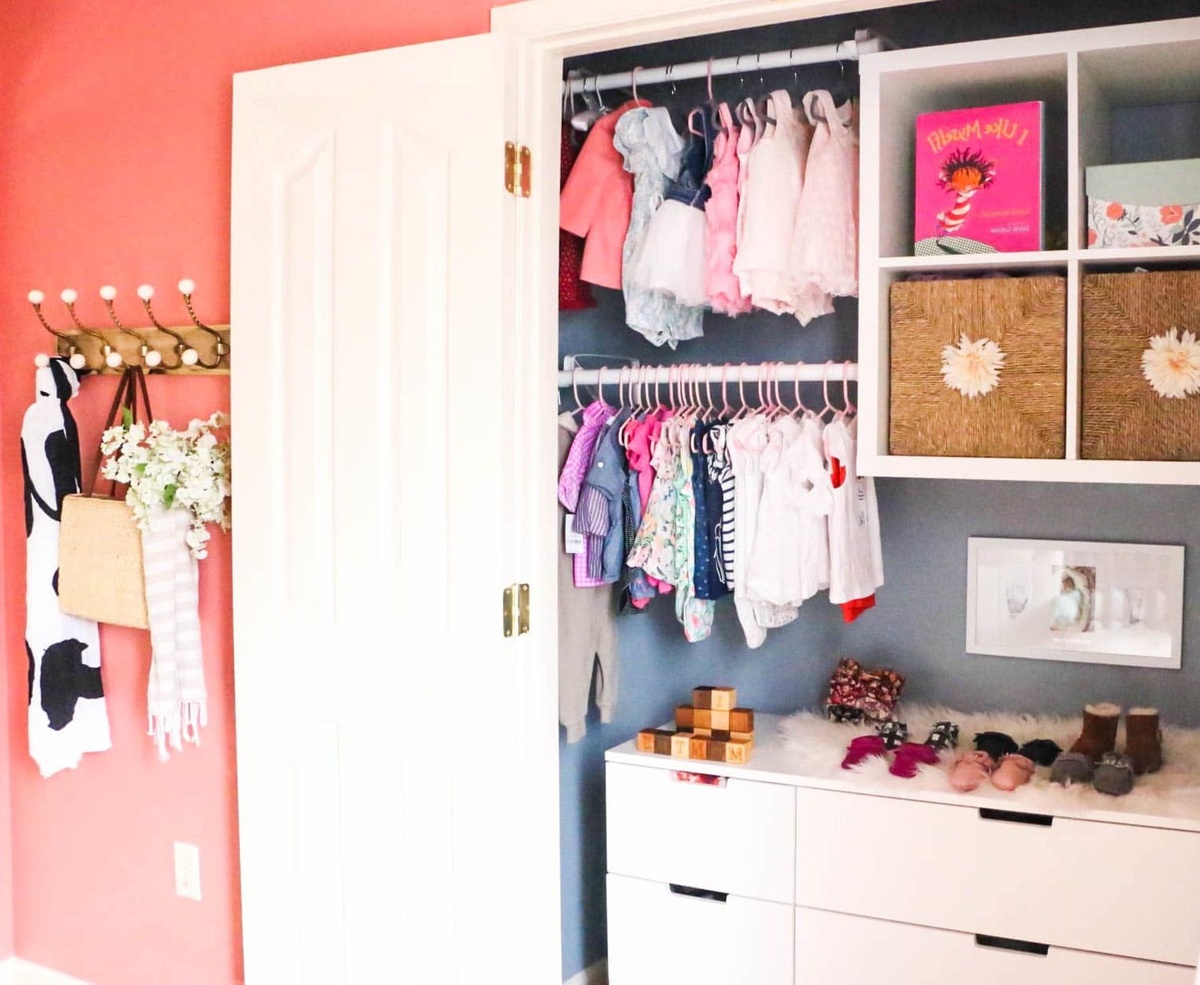
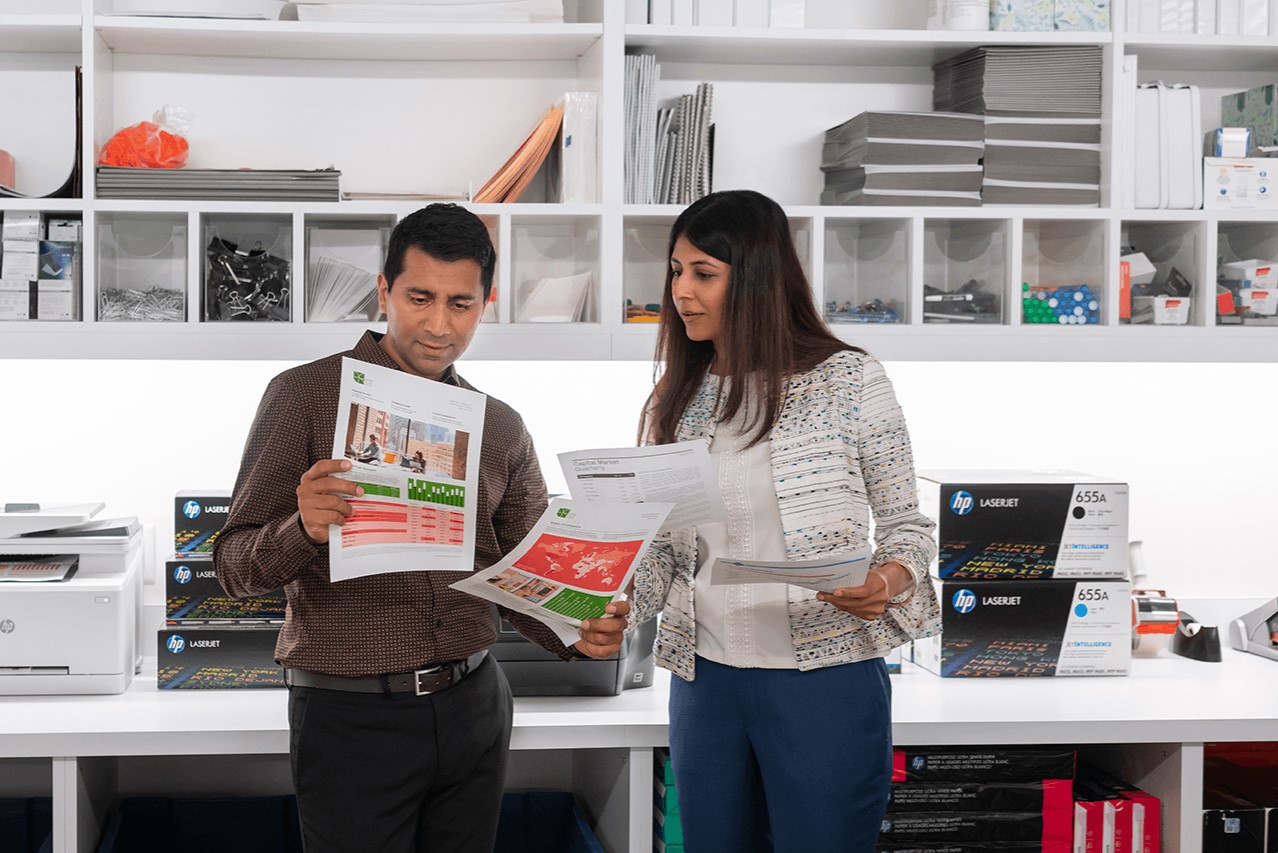
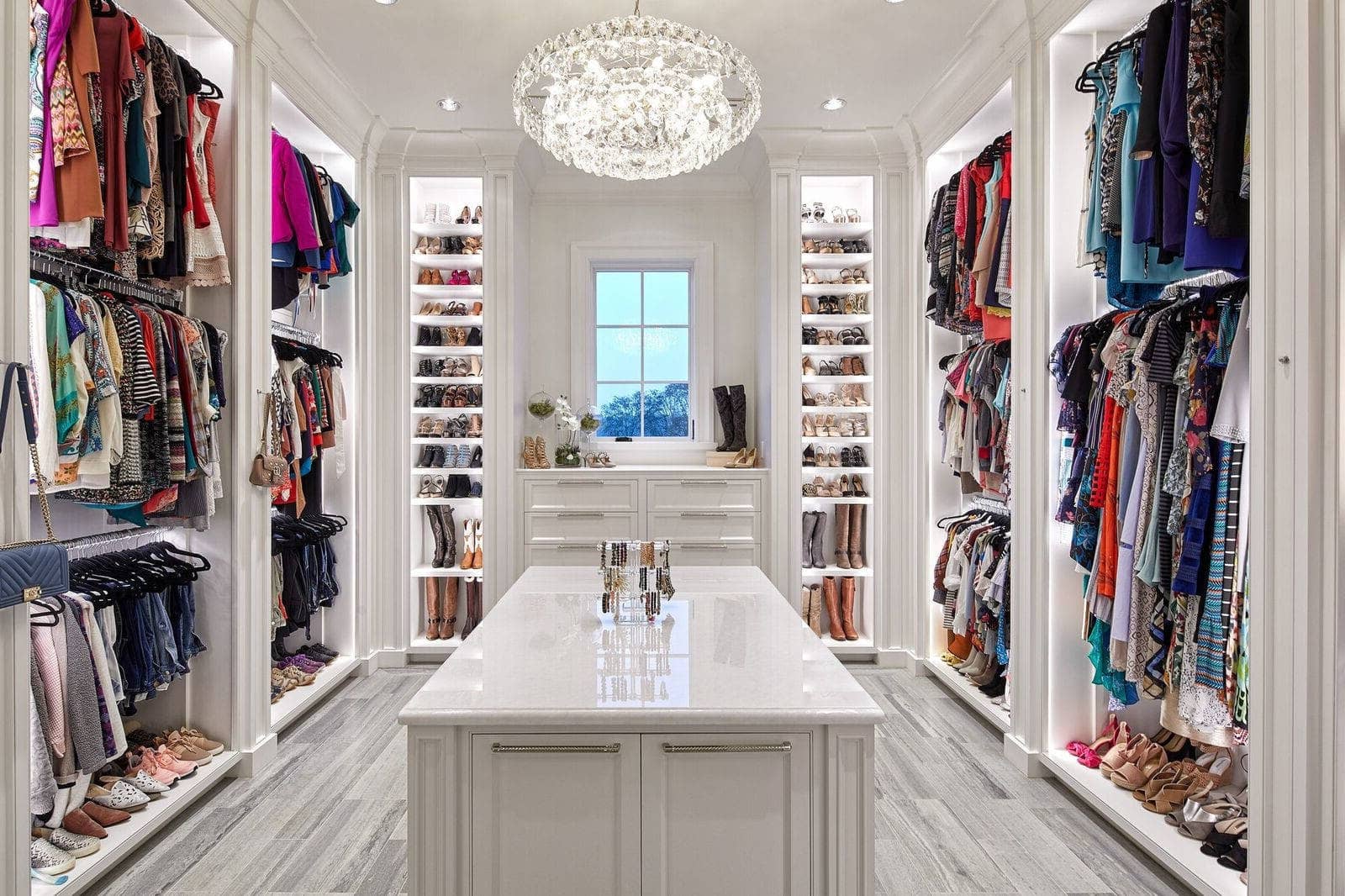
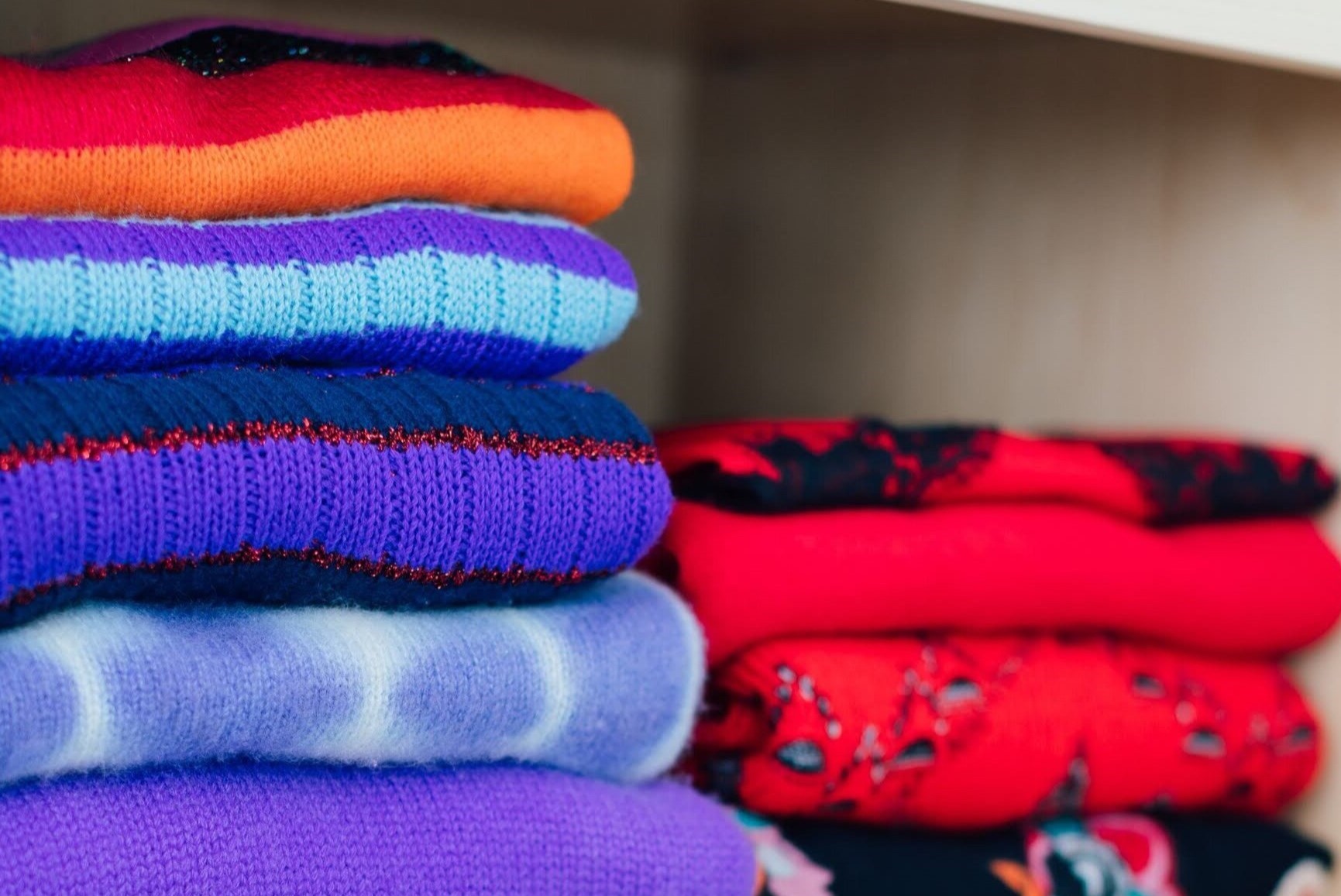
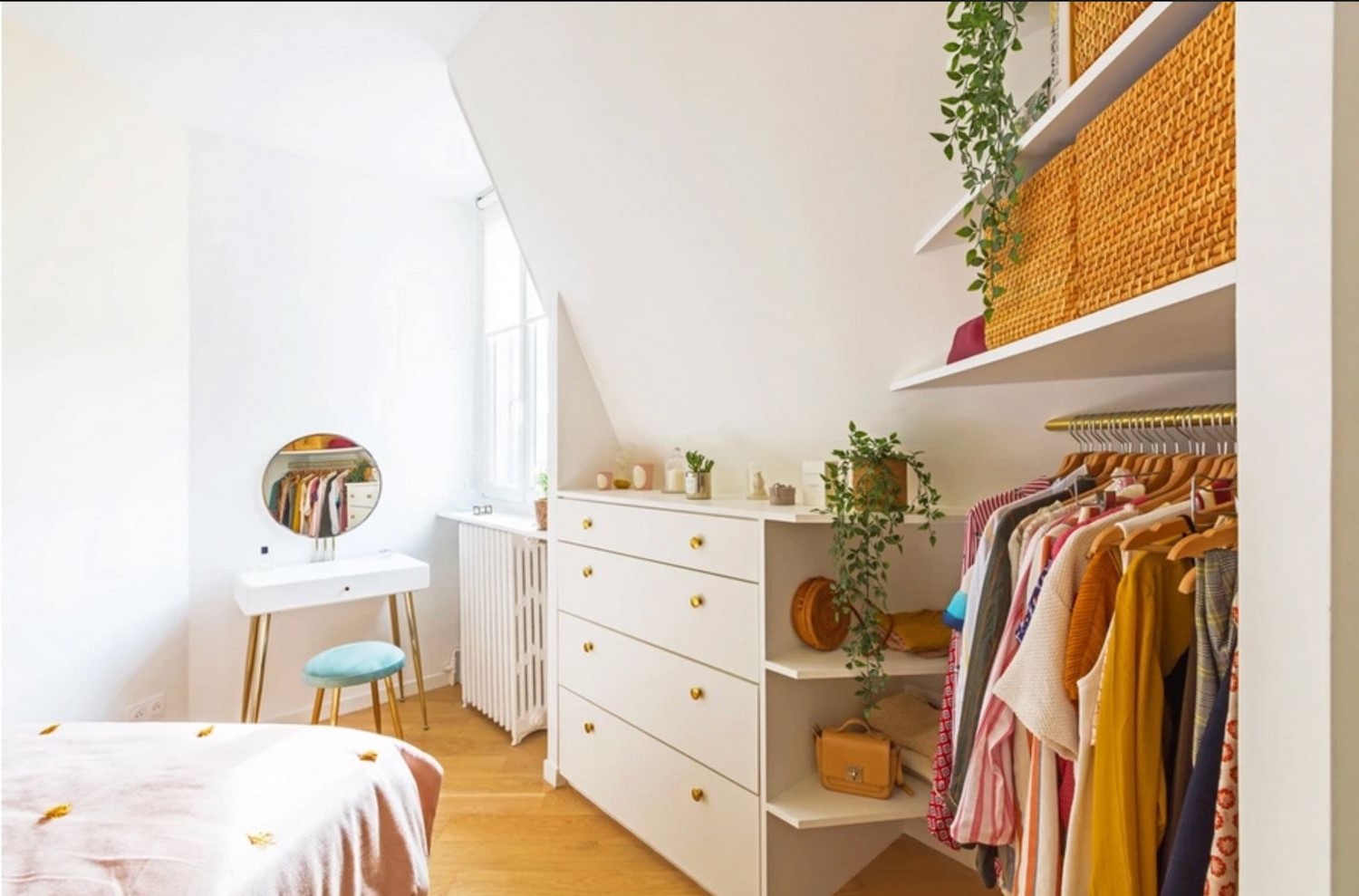

0 thoughts on “How To Organize A Deep Closet”